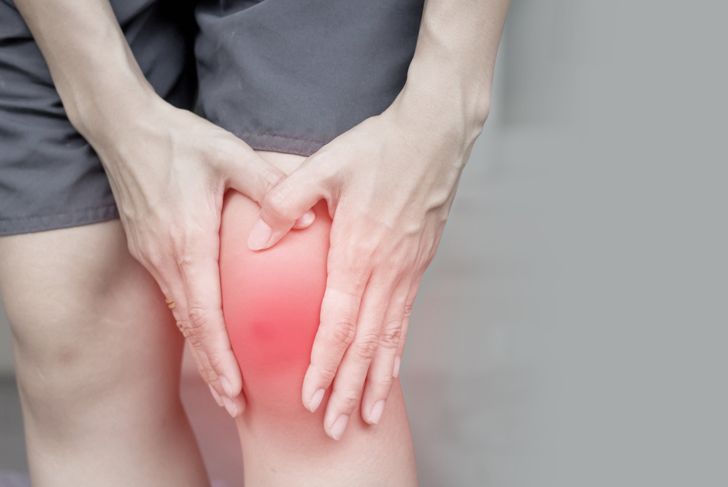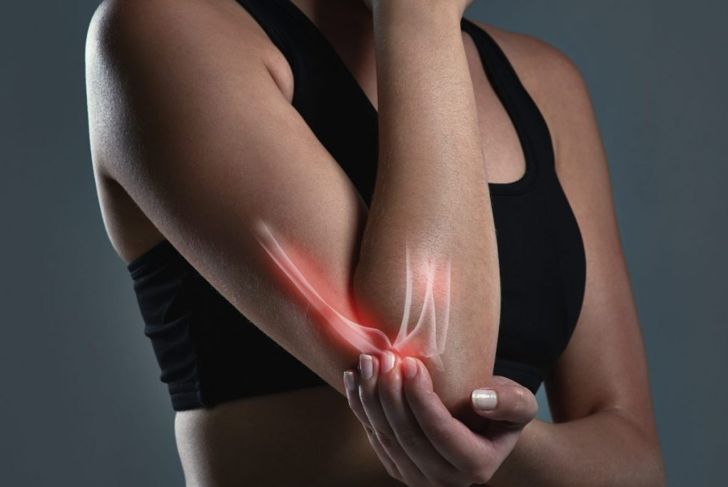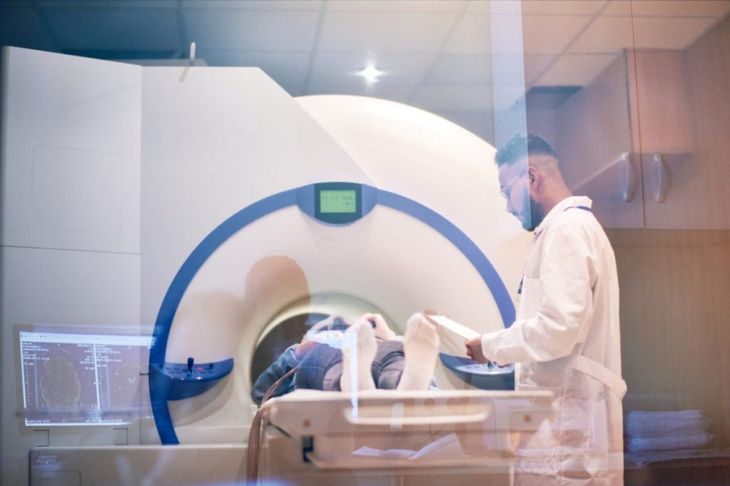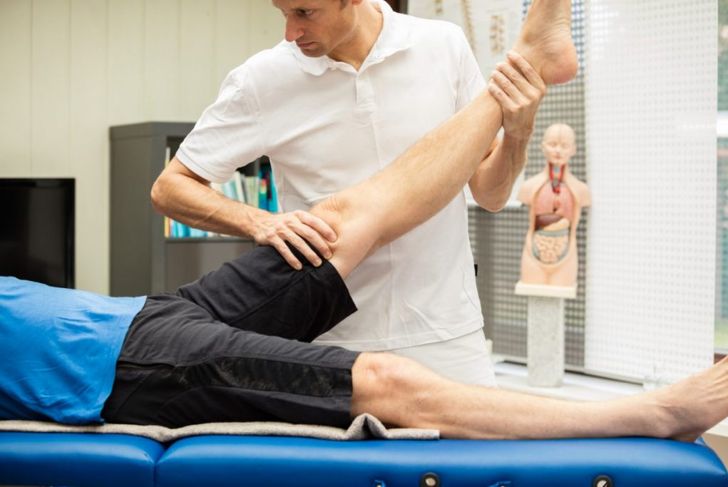During fetal development, synovial plicae tissues grow around the still-developing joints. These tissues begin to fold inward, and the body absorbs them. However, in many individuals, the plicae remain, to some extent. Generally, the plicae are unimportant and do not affect the joints in any meaningful way. In some instances, however, the plicae become inflamed or damaged, resulting in plica syndrome, which can inhibit joint function and cause pain.
Characteristics
The synovial plicae are thin, pink, and elastic. This allows them to follow the movements of the joints without inhibiting them. The plicae are prone to irritation and inflammation, particularly when the joint repeat certain movements, such as bending and straightening. Because the appearance of the plicae depends on their level of the absorption during development, they vary drastically from person to person. Some are fatty; others are fibrous. They can resemble long lines or have a crescent shape.
Types of Plica
Any of the synovial joints in the body could theoretically contain plicae. Clinically speaking, plicae are controversial because their presence and size do not always impact the conditions to which physicians link them. The plica in the knee, of which there are four types, is the most clinically important because they are more common and the knee is more likely to experience damage from their presence or other knee-related conditions. However, the plicae may also affect the elbows, wrists, and other synovial joints.
Normal Plica of the Knees
There are four types of synovial plicae in the knees: suprapatellar, mediopatellar, infrapatellar, and lateral. The suprapatellar plica usually has a dome or crescent shape and lies between the suprapatellar bursa and the tibiofemoral joint. In some cases, it blends into the mediopatellar plica. This type touches the lower patella and the lower femur and is the most prone to injury. The infrapatellar plica extends in front of the anterior cruciate ligament (ACL) and can be difficult to differentiate from the ACL. The lateral plica is subject to much scrutiny from the medical community, as it is unclear if it developed like the other plicae, or from another part of the knee.
Plica Syndrome
When the plica experience certain types or levels of stress, they can become inflamed or damaged, resulting in plica syndrome and various symptoms. Knee pain is common, as is an audible clicking during certain knee motions. In chronic cases, the quadriceps in the front of the thighs may begin to atrophy. Treatment usually requires physical therapy, though advanced cases may require surgery. For some individuals, a brace can effectively manage plica syndrome.
Chondromalacia
Some physicians link inflammation of the plicae to chondromalacia patellae. This condition, along with plica syndrome, falls under a category of similar conditions called “runner’s knee.” Chondromalacia features inflammation of the area under the patella, which leads to softening of the cartilage. Because knee cartilage is responsible for absorbing the shock and stress of movement, chondromalacia is often painful and can inhibit knee movements. If the condition features only inflammation, doctors are more likely to diagnose patellofemoral pain syndrome, another type of runner’s knee. Additionally, chondromalacia can result from any inflammation under the patella, so plicae may not be responsible at all.
Normal Plica of the Elbow
Like the plicae in the knee, there are four types of plicae in the elbow, that sit at the radiohumeral joint: anterior, lateral, posterolateral, and lateral olecranon. To differentiate the elbow plicae from plicae located in other areas of the body, researchers refer to the elbow plicae as folds. The anterior fold is small and thin with a diameter of around only two millimeters. The lateral fold has a crescent shape, and its free edge tends to be jagged or irregular. The most common synovial fold of the elbow, the posterolateral radiohumeral fold, merges with the lateral and the lateral olecranon folds, which sit near the posterolateral olecranon.
Elbow Synovial Fold Syndrome
There is not much research available about elbow synovial fold syndrome. Like plica syndrome in the knee, elbow synovial fold syndrome is usually the result of damage or repetitive injury to the synovial plicae of the elbow. Elbow synovial fold syndrome may result in locking of the elbow when the arm extends to a certain position. Severe pain typically accompanies this movement. Treatment typically involves rest, nonsteroidal anti-inflammatory drugs, and some physical therapy.
Diagnosis of Plica Issues
Physicians can diagnose issues with the plicae using various methods. The synovial folds of the elbow are fairly easy to examine with magnetic resonance imaging or MRIs. In addition, MRI scans can rule out related conditions to better guarantee the presence of plica syndrome or another plica issue. Sometimes, however, a physician may need to perform special plica provocation tests.
Stutter Test
When a physician is trying to diagnose the medial plica, he may perform a mediopatellar stutter test. The patient lies on their back with their legs extended. The doctor applies manual force to the patellofemoral joint with his thumb, checking for tenderness. Then, as the patient bends their knee to a 90 degree, the doctor checks for tenderness again. If the tenderness diminishes, the test is positive, and there is an issue with the plica.
Snap Test
Another provocation test is the plica snap test, which can verify irritation. The patient lies down with their legs extended and relaxed. The examiner can roll their fingers over the plica fold, feeling for the ribbon-like plica. If the patient complains of pain during this motion, the test is positive. It’s important for the examiner to compare this test to other knee-related tests to confirm general knee pain is not the cause.

 Home
Home Health
Health Diet & Nutrition
Diet & Nutrition Living Well
Living Well More
More




















